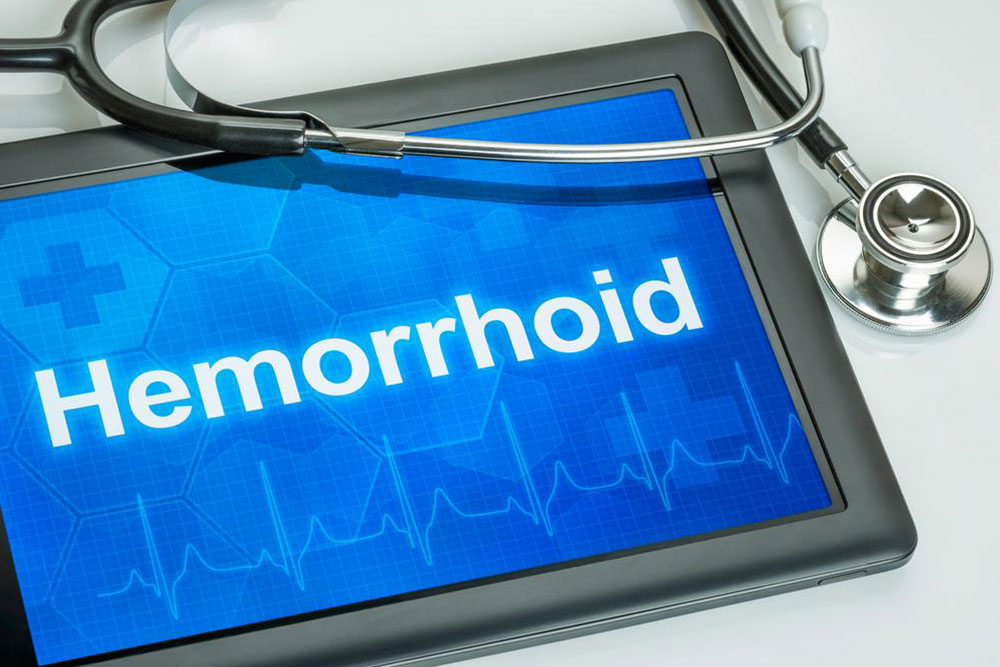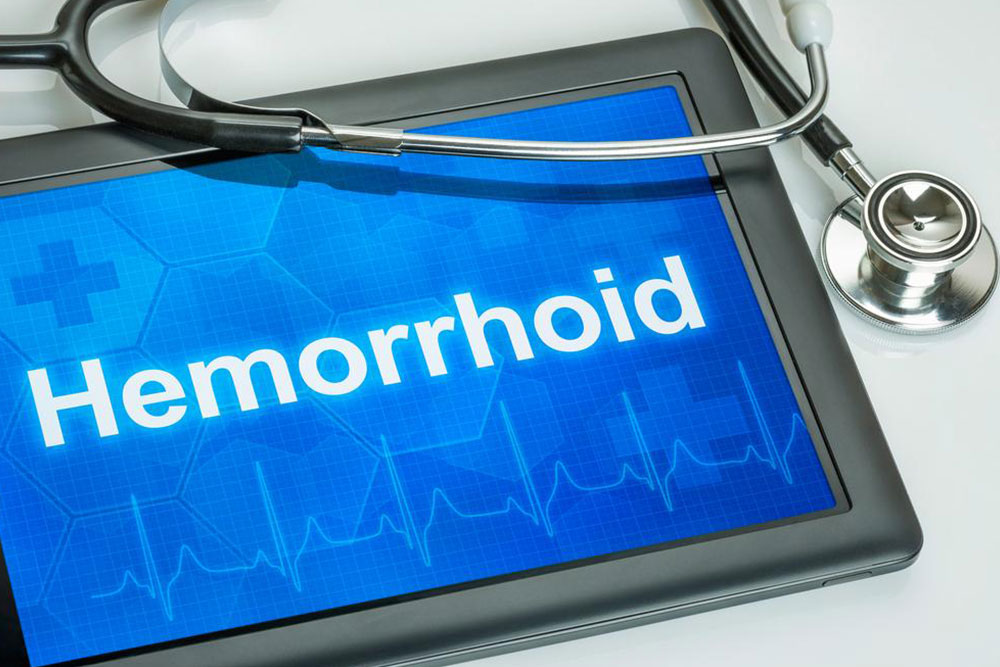Comprehensive Guide to Hemorrhoids: Causes, Risk Factors, and Prevention Strategies
Hemorrhoids are swollen blood vessels in the anal and rectal area, often caused by lifestyle and physiological factors. Key causes include low fiber diets, obesity, prolonged sitting or straining, and pregnancy. Understanding these risk factors can help in prevention and management, reducing discomfort and preventing complications associated with hemorrhoids. This comprehensive guide explores causes, risk factors, and effective strategies to minimize the impact of hemorrhoids, promoting healthier bowel habits and overall well-being.

Comprehensive Guide to Hemorrhoids: Causes, Risk Factors, and Prevention Strategies
Hemorrhoids, commonly known as piles, are swollen and inflamed blood vessels that develop in the lower rectal and anal region. These vascular structures are a normal part of our anal area, serving to assist with continence and bowel movements. However, when these blood vessels become enlarged or inflamed, they can cause discomfort, pain, and bleeding, significantly affecting quality of life. Understanding the anatomy and physiology of hemorrhoids is essential for recognizing symptoms and implementing effective prevention and treatment strategies.
The rectum is the final segment of the large intestine, terminating at the anus, the opening through which stool exits the body. Hemorrhoids are broadly classified into two categories: internal hemorrhoids, which occur inside the rectum and are usually painless, and external hemorrhoids, which develop around the anus and often cause pain, itching, and bleeding during defecation. While internal hemorrhoids are often unnoticed unless significantly enlarged, external hemorrhoids tend to be more symptomatic and troublesome.
Many individuals mistakenly perceive hemorrhoids as a separate disease; in reality, they are normal, vital blood vessels that are part of the body's natural anatomy. An imbalance, such as excessive swelling or bleeding, marks the transition from a benign condition to a problematic health issue. Hemorrhoids can affect both men and women equally but are most prevalent among adults aged 45 to 65 years old. Recognizing their causes and risk factors is key to preventing their development and managing symptoms effectively.
The primary cause of hemorrhoids is a diet lacking in dietary fiber, leading to constipation and hard stools that irritate the anal veins during bowel movements. This irritation can cause swelling, discomfort, and bleeding. Other contributing factors include increased pressure within the rectal veins resulting from various lifestyle and physiological factors. Obesity, for instance, raises intra-abdominal pressure, which in turn affects the anal veins, making them more susceptible to swelling. Additionally, spending prolonged periods on the toilet or engaging in straining during bowel movements significantly increases the risk of hemorrhoids.
Pregnancy is a notable risk factor due to the increased blood volume and pressure within the abdominal cavity, which can lead to engorgement of the rectal veins. This condition is often compounded by constipation, which is common during pregnancy, prompting straining and further swelling of hemorrhoidal vessels. Activities involving heavy lifting, such as weightlifting or manual labor, as well as long periods of standing or sitting, can elevate pressure on the pelvic and anal regions, contributing to hemorrhoid formation. Genetic predisposition also plays a role; individuals with a family history of hemorrhoids are more likely to develop the condition.
Additional factors include spinal injuries, which can impair nerve functions and bowel control, increasing vulnerability; colon and rectal conditions such as colorectal cancers can also contribute to or complicate hemorrhoid development. Previously undergone rectal surgeries can alter blood flow dynamics, making some individuals more prone to hemorrhoids. Identifying these risk factors is essential for early intervention and adopting lifestyle changes to prevent or alleviate the symptoms associated with hemorrhoids.





